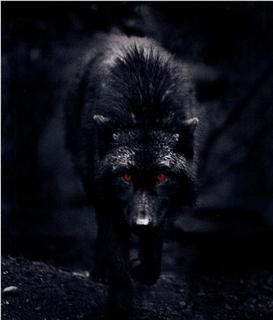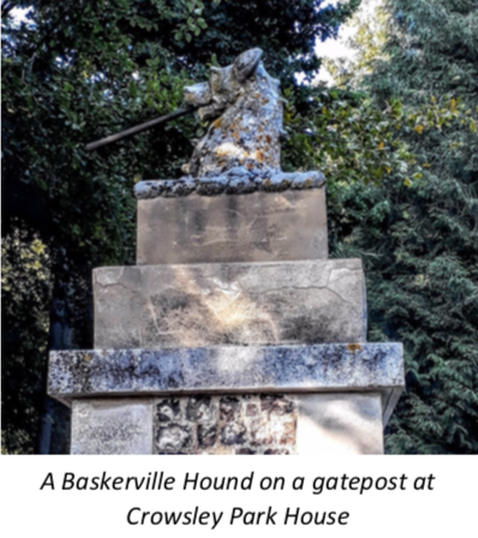The Legend of Black Shuck
- Ian Liston-Smith
- Apr 13, 2020
- 3 min read
Updated: Aug 2, 2022
At the Fakenham Gin and Beer Festival in March 2017, the local Black Shuck gin had me pondering the legend of Norfolk’s Black Shuck.

As one of Britain’s oldest legends, this spectral hound is said to have prowled the dark tracks and bleak coast of East Anglia since the Middle Ages. Accounts vary, but he is invariably described as having huge, and terrifying flaming eyes, savage claws, and is sometimes described as being almost as large as a horse.
The origin of the word “shuck” is unknown, but it possibly derives from the Old English word scucca meaning demon, or possibly from the local dialect word shucky meaning shaggy or hairy.
One of the most notable accounts of Black Shuck is from just over the border in Suffolk. On 4 August 1577 at Blythburgh, he is said to have burst through the doors of Holy Trinity Church during a violent thunderstorm. He leapt up the nave, past the large congregation, killing a man and boy before the steeple was struck by lightning and collapsed through the roof.

The hound fled, leaving clawed scorch marks on the church door which are still visible today. Later that evening, while the storm continued to rage, the beast is said to have appeared in St Mary’s Church, Bungay, 12 miles away and “wrung the necks” of two of the kneeling congregation.

Black Shuck may have been the inspiration for Sir Arthur Conan Doyle to write The Hound of the Baskervilles after hearing the legend during a golfing holiday in Norfolk in 1901. However, there are numerous other explanations for Doyle’s book. One relating to his stay at Crowsley Park House in South Oxfordshire, home to the Baskerville family. Their family coat of arms includes a gruesome depiction of a large dog with a spear through its head, carvings of which are mounted on each of the estate’s stone gateposts!

According to some versions of the legend, the Beeston Bump near Sheringham is the lair of Black Shuck, and for anyone roaming North Norfolk, sight of the apparition foretells death for the witness or that of a close relative within a year. Nevertheless, some stories tell of the great beast just terrifying his victims and leaving them otherwise unharmed.
By contrast, in other tales, the animal is regarded as relatively benign and said to accompany women on their way home in the role of protector rather than a portent of ill omen.
The A149 coast road between Hunstanton and Cromer is reputed to be a particular stomping ground of the spectre, although in the recent decades there have also been reported sightings near Swanton Morley (1940), West Runton (1972), Tuckswood (1986) and Hunstanton (2000) to name but a few.
But is this beast merely a legend? In 2013 archaeologists discovered a shallow grave containing the bones of a huge dog in the grounds of Leiston Abbey ruins, just a few miles from where Black Shuck wreaked havoc in Holy Trinity Church. The skeleton is described as “over seven feet long” and suggests the animal would have weighed over 14 stone. Adjacent pottery sherds indicate the grave was probably dug in the mid-16th century, around the time he is said to have perpetrated his terrifying attacks.
Unfortunately it appears carbon dating analysis was inconclusive, and scientists on the archaeological team feel that the burial showed too much care for a beast with the reputation of Black Shuck and could instead have been the grave of a beloved hunting dog.
So, if Black Shuck is not lying in that grave, he therefore surely continues to stalk the lonely countryside of Norfolk, seeking to terrify those unfortunate enough to encounter him...





Comments